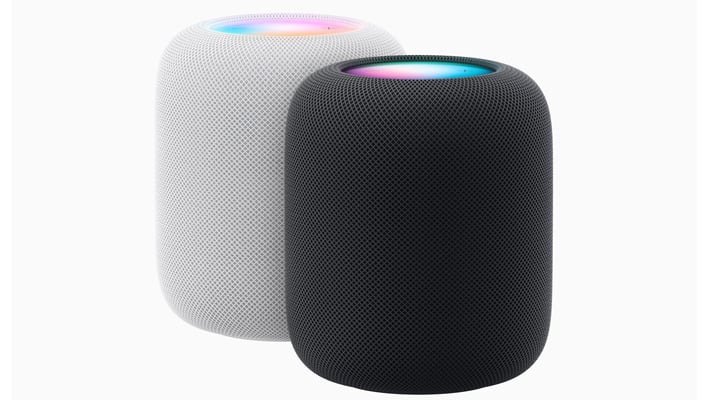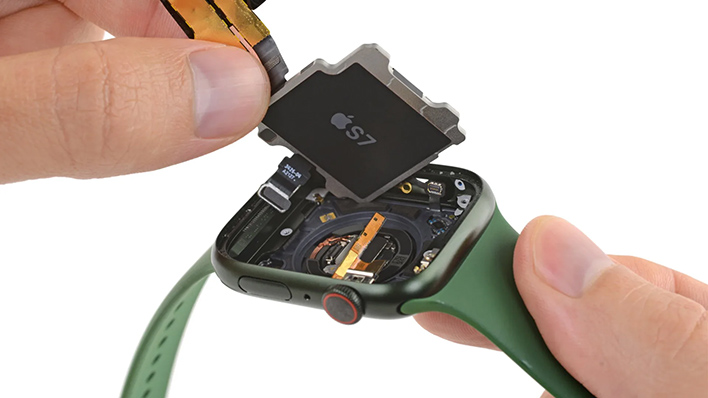Apple Exec Reveals Curious Decision To Saddle The $299 HomePod With Wi-Fi 4

Apple says the new version sounds better, but one thing is clearly worse: connectivity. Instead of the latest wireless standards, the HomePod has Wi-Fi 4, what we used to call 802.11n. Matthew Costello, Apple's hardware vice president, has now addressed that change, but it's not a very convincing explanation.
Wi-Fi 4 launched in 2009, and it had a pretty good run before being superseded by Wi-Fi 5 (802.11ac) in 2014. So, why would Apple use an ancient Wi-Fi standard in its latest high-end smart speaker? According to Costello, this is all as it should be. "HomePod features Wi-Fi 4 connectivity that allows us to target exactly what works best in the entire system," Costello said in a statement to TechCrunch. "Making sure Siri requests are responsive, and ensuring a consistent experience for all you are listening to, controlling your smart home accessories and more—all while being energy efficient."

Apple probably figures most of its customers won't notice any difference, and it's probably right. This is a device geared toward streaming audio, and even an uncompressed lossless music stream is only a few megabits, well within Wi-Fi 4's capabilities. Having legacy standard devices on an otherwise-newer network can sometimes bog things down for other devices, though. It may not be enough to be impactful—and most of us probably already have legacy devices on our networks—but it is something to be aware of nonetheless.
So, maybe you can overlook this shortcoming if you're already deep in Apple's ecosystem and need a new smart speaker. Don't count on pairing it with the original HomePod, though. While the two devices look almost identical, they have different acoustic properties, and Apple only allows stereo pairing on identical devices. If that's not a deal breaker, the second-gen HomePod is now available for $299.

